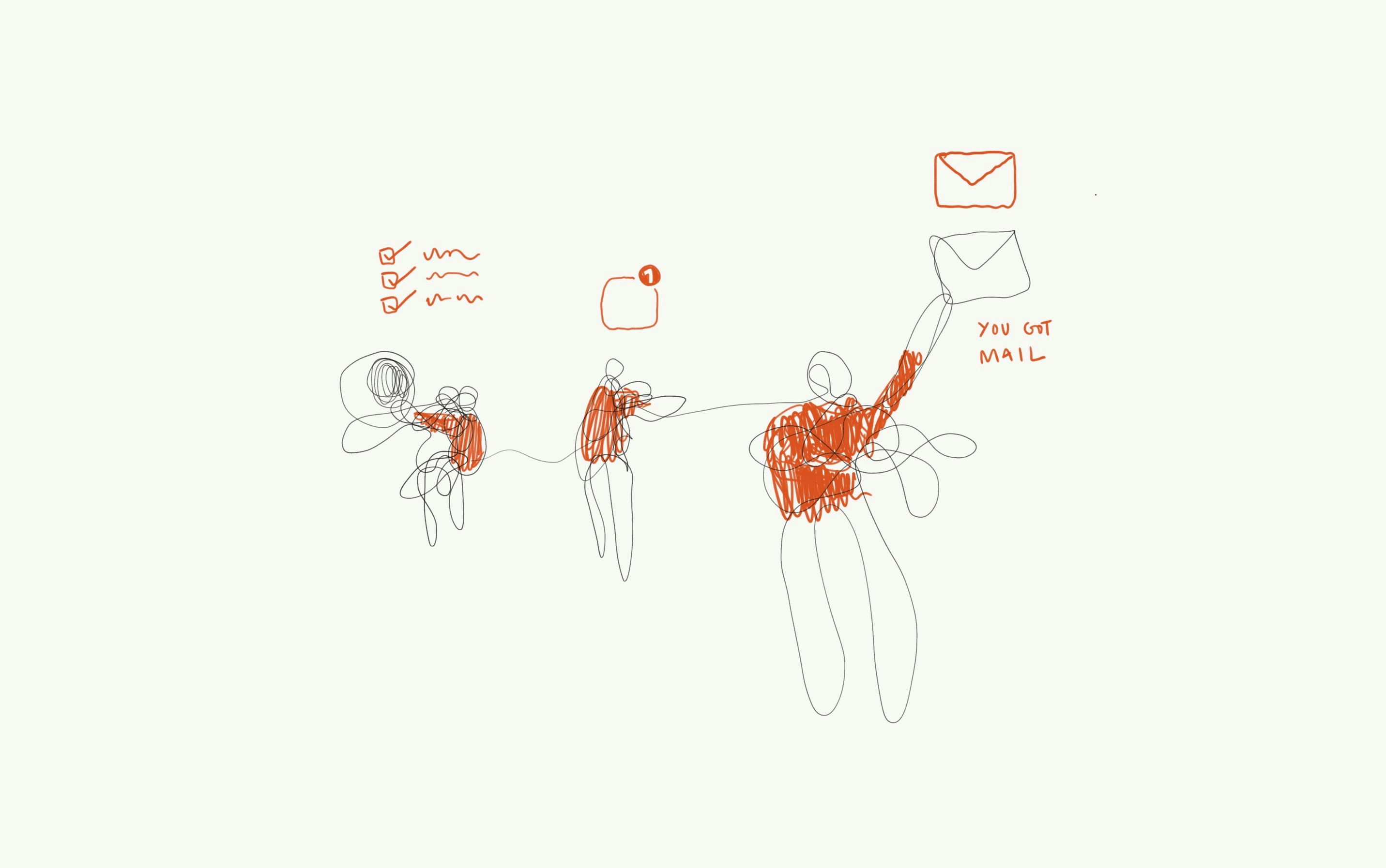
Doing It Now or Later
You can take notes during the meeting or write a summary afterwards.
You can select the good pictures during the photoshoot (and delete the bad ones), or you can filter and edit them when you get back to the studio.
You can put everything back into place after you use it, or you can tidy up the house at the end of the day.
You can read every email as you receive it, or you can process your inbox once a day.
No matter what you do, there are opportunities to sort, document, and process what's going on right when it happens, and the possibility of doing it in batches after the fact.
The advantage of engaging on tasks as they come to you should be self-evident: You don't have to worry about them later. The downside? These are usually little tasks we don't particularly enjoy, which interfere with what you are doing unless you have a frictionless, systematic, and efficient approach to doing them.
It doesn't make sense to take notes at a meeting if you can't keep up with what people are saying, as it doesn't make sense to perfectly sort and name your files if this habit makes you miss your deadline.
I have experimented with taking notes during meetings, tracking expenses and scanning receipts right when I pay, or with storing files with pre-determined naming conventions in specific folders as I generate them. You really need a swift and systematic workflow for this processing not to drag you out of whatever activity you are doing. It is with practice and repetition that these processes get easier and faster. There is, for instance, certain satisfaction to creating a new file and already knowing where it should be stored and how it should be named—a frictionless process that requires no thinking or effort, and frees you from having to sort any files after you leave your desk.
The alternative is to mentally add all of those things to a list that you'll process later. (Imagine a huge pile of documents to process next to your desk.) Every time you take a picture, download a file, or create a new document, you add one more item to your to-do list. A promise to yourself to batch-process everything later, which creates a habit to constantly add new things to our pile of to-dos.
The key to batch-processing is to process batches one category at a time (say, email) without switching contexts too often. For instance, going through all of your email once the day is over is a lot more efficient than pausing multiple times a day to read email as it enters your inbox, the same way in which editing pictures from a trip in bulk will always be faster. The problem comes when we keep postponing the work, and the batch becomes way too big for us to handle.
To me, it's a joy to process things as they come when it doesn't interfere with what I'm doing. When it does, I try to process in small batches, fighting for these piles of to-dos not to become way too big for me to manage. (But hey, more often that I'd like, they do.)
If you try to engage in activities as they come or in batches (or if you already do) I'd love to hear about it.